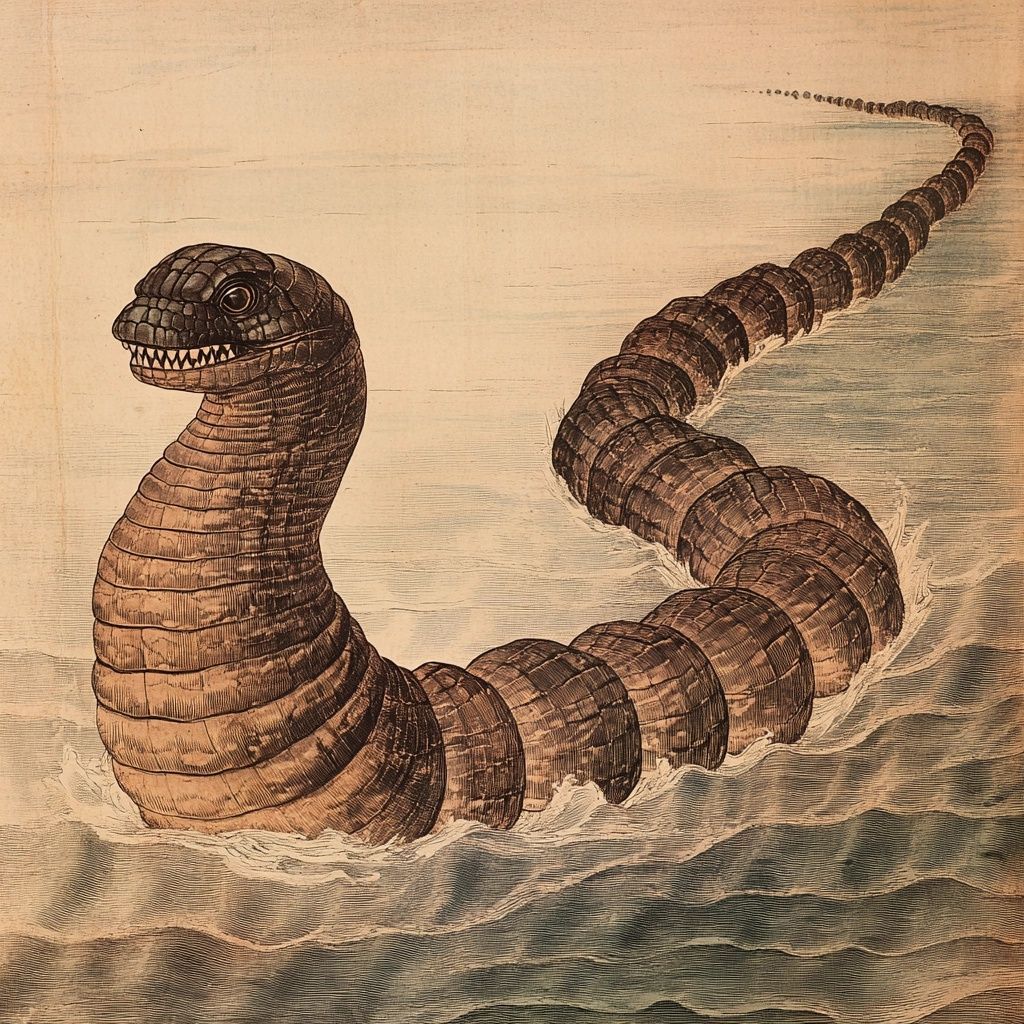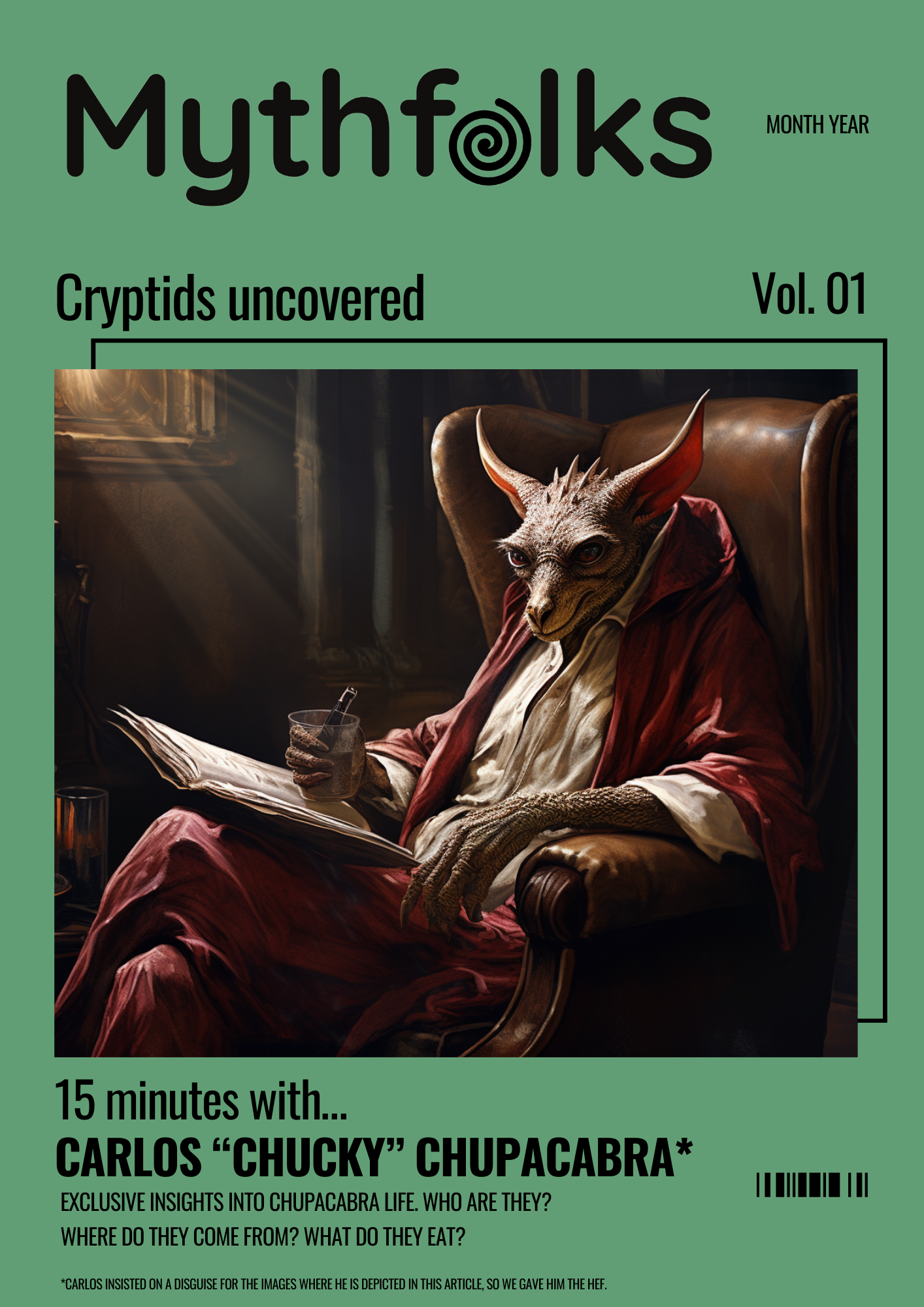The Minhocão is a cryptid rooted in Brazilian folklore, most often described as an enormous, worm-like creature that tunnels through the earth, leaving behind deep trenches and devastation.
If you’ve ever seen the movie Tremors, you’ve kind of got the idea.
While sightings and reports date back to the 19th century, modern sightings are few and far between, making this one an even more mysterious and lesser-known cryptid.
Here's what we know.
Key facts at a glance:
Mythology:
Brazil
Folklore type:
Legends
Creature type:
Cryptid, Giant Worm/Amphibian
Also called:
Minocão, Sierpe (Spanish for "snake")
First recorded sighting:
1846 in the Brazilian province of Goyaz
Estimated length:
Variable, some claims up to 150 feet
Distinctive feature:
Enormous size & armored scales
Witnesses:
Relatively few, most accounts are concentrated in the 19th century
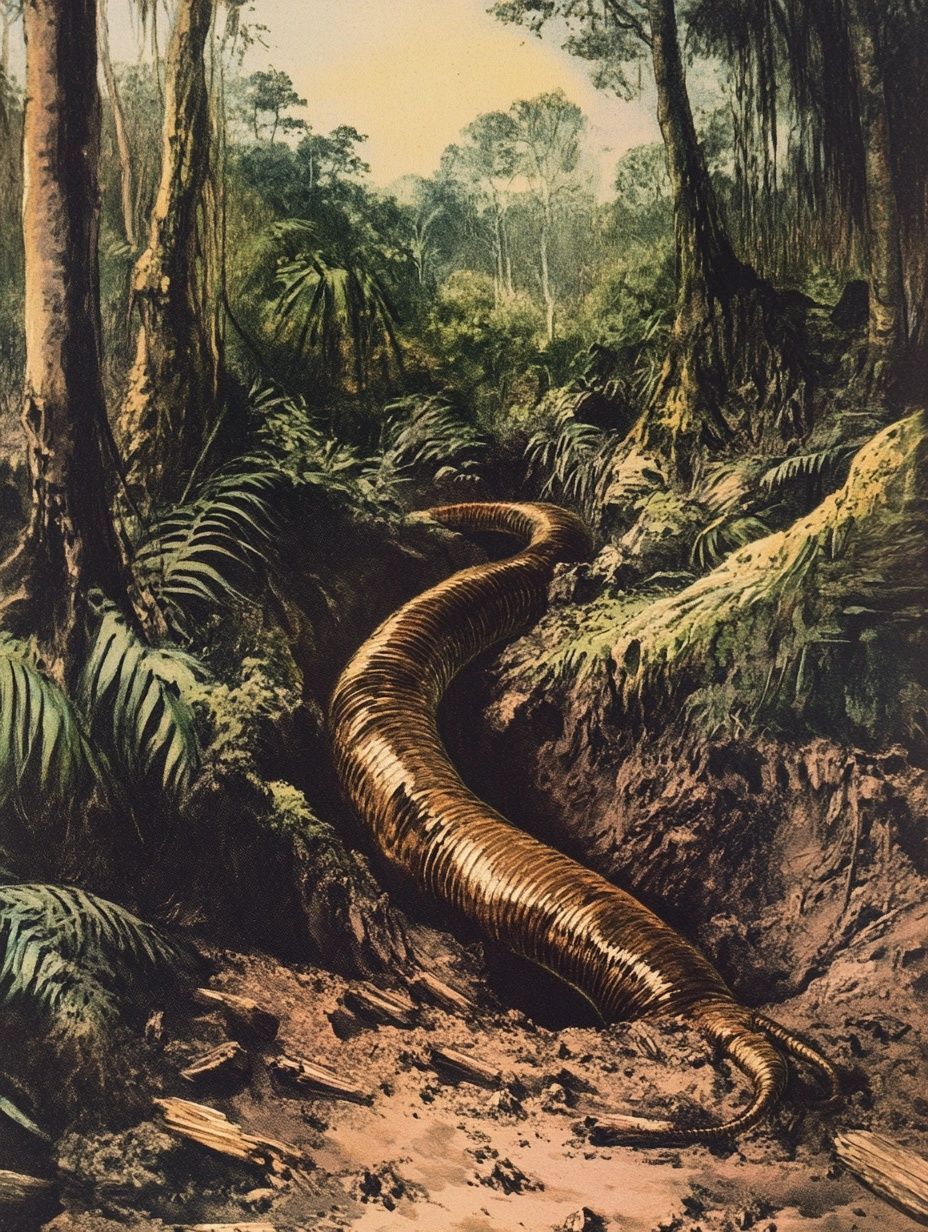
Physical appearance and characteristics
Descriptions of the Minhocão’s vary across reports, but most agree on several defining characteristics.
The creature is said to resemble a gigantic earthworm, though some accounts suggest it has armored scales similar to those of an armadillo.
Its size is consistently exaggerated in folklore, with claims of lengths up to 150 feet and widths of up to 15 feet.
Additional features sometimes include a pig-like snout, often compared to the Ceratodus fish and in some versions, horns or protrusions thought to resemble the front limbs of certain lungfish.
Witnesses have also reported the Minhocão’s ability to uproot trees, collapse roads and create new river channels with its tunneling.
The creature is said to be amphibious, spending much of its time underwater and becoming more active after heavy rainfall.
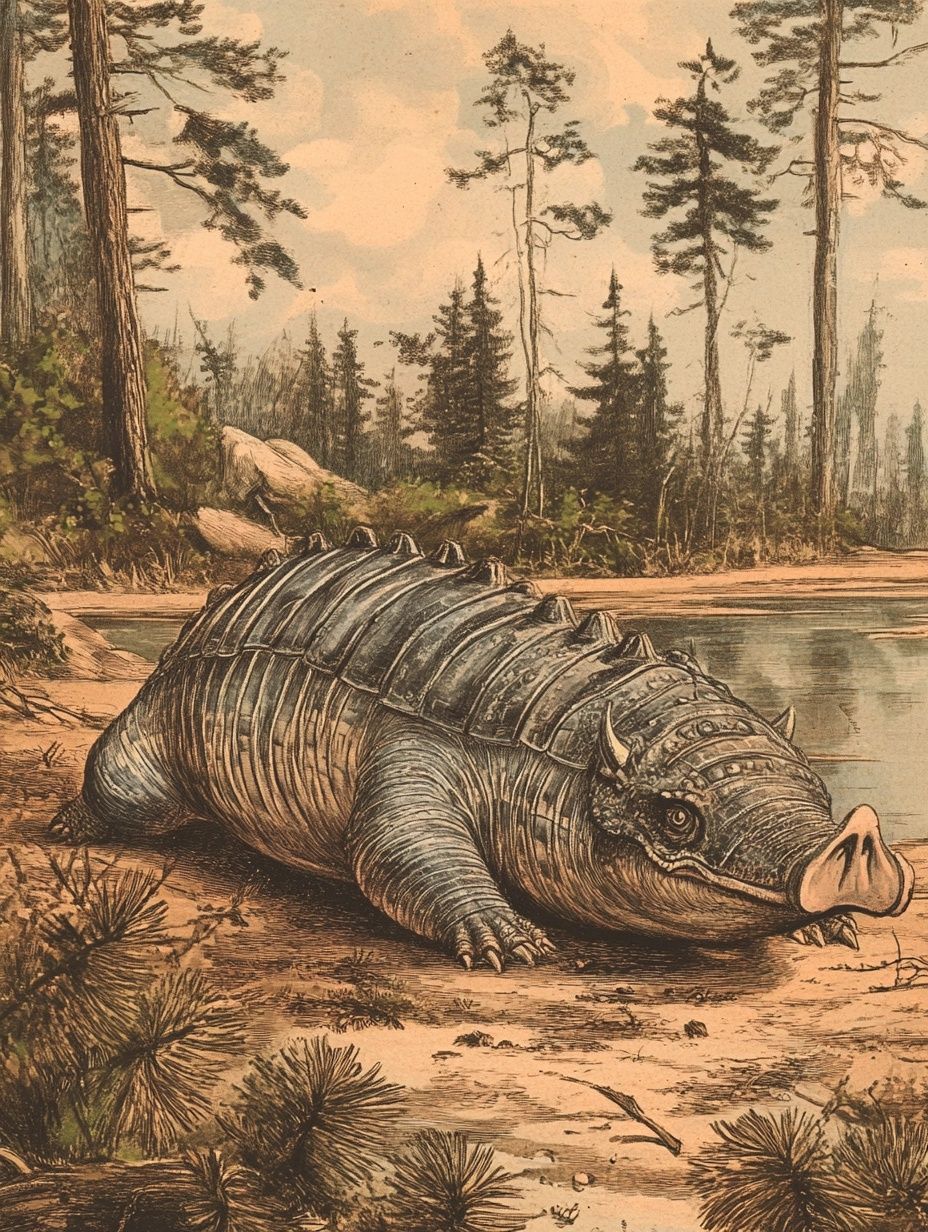
History & origins
The origins of the Minhocão can be traced back to indigenous folklore and early 19th-century reports in Brazil.
The creature’s name itself derives from "minhoca," the Portuguese word for earthworm, with the augmentative suffix "ão" emphasizing its massive size.
One of the earliest written accounts comes from Auguste de Saint-Hilaire, who described a creature matching the Minhocão’s characteristics inhabiting lakes in the province of Goyaz.
Saint-Hilaire’s report, published in 1846, suggested that the Minhocão might be a giant species of Lepidosiren, a type of lungfish native to South America.
Over time, European naturalists such as Fritz Müller, a German scientist who lived in Brazil, collected stories of the creature, lending a scientific lens to what was previously regarded as mere folklore.
Müller’s 1877 publication in the German journal Der Zoologische Garten marked a turning point in the Minhocão’s legend, as it brought the cryptid to the attention of an international audience.
This led to its appearance in journals like Nature and other popular media of the time, which portrayed it as a fascinating, albeit dubious, underground monster.

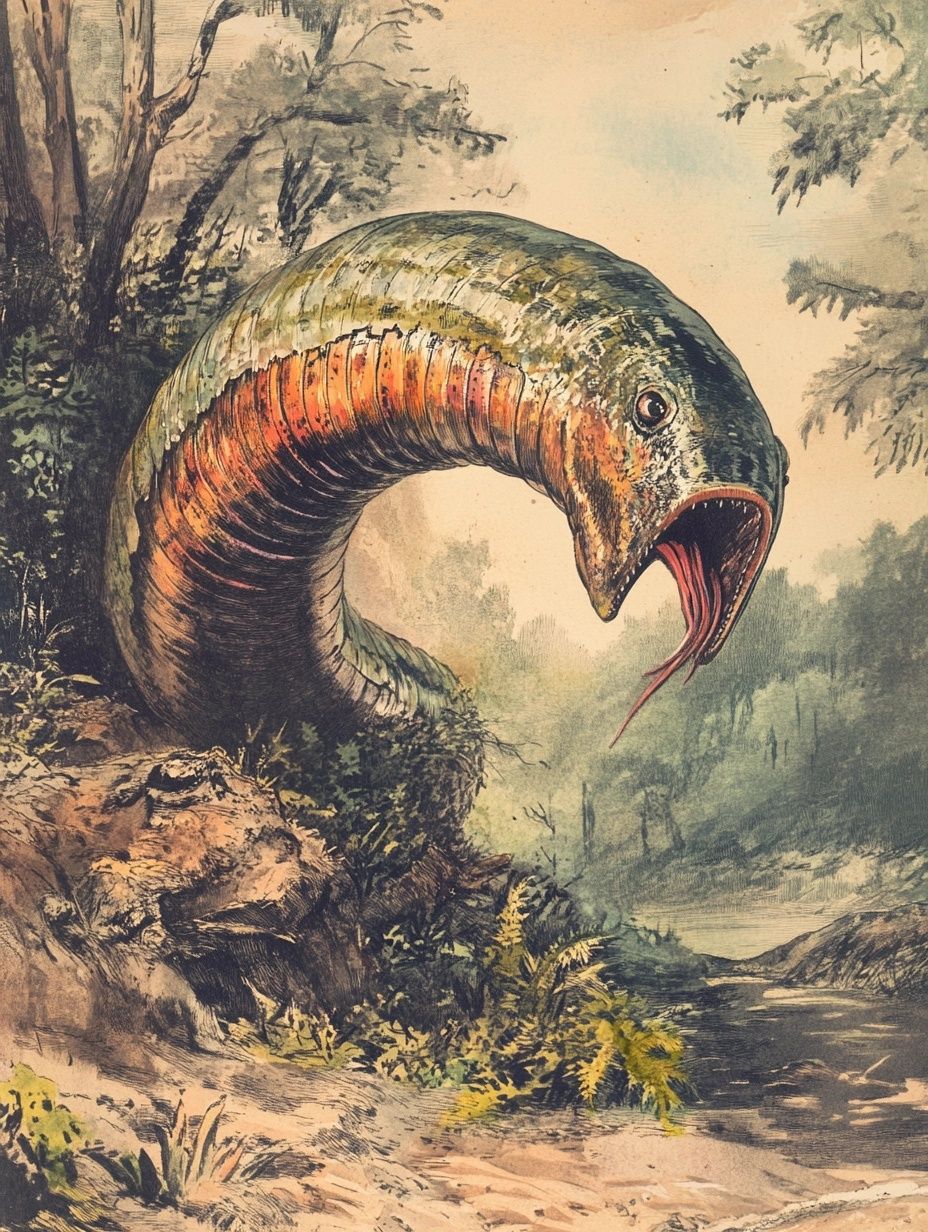
Reported Sightings and Timeline
Accounts of the Minhocão’s existence are largely concentrated in the 19th century, with a few scattered earlier mentions. The timeline below highlights some of the most notable sightings and reports:
1846: Auguste de Saint-Hilaire’s account of Minhocão-like creatures inhabiting lakes in Goyaz is published. He suggests the creature might be an enormous Lepidosiren capable of dragging livestock underwater.
1849: In Paraná, residents report deep trenches and disturbed land following a period of heavy rain. Witnesses describe hearing rumbling noises and attribute the damage to a Minhocão.
About 1864: Antonio José Branco’s home near Curitibanos, Santa Catarina, is undermined by a Minhocão, leaving a trench about 3,000 feet long. Nearby pine trees are uprooted, and the trench’s path ends in a swamp.
1877: Fritz Müller documents several sightings in southern Brazil. One account from the Rio das Caveiras describes a creature about a meter thick with a pig-like snout vanishing into a trench. Other reports detail uprooted trees and diverted waterways, allegedly caused by the Minhocão.
1899: An anonymous newspaper story links the Minhocão to a Cuban scout’s account of a similar creature seen burrowing through the earth. However, this report’s credibility is highly questionable, and it may have been fabricated to draw attention.
While numerous 19th-century reports claim to provide evidence of the Minhocão’s activities, such as trenches and uprooted vegetation, modern accounts are conspicuously absent.
This has led some to speculate that the creature, if it ever existed, is now extinct or that its habitat has been destroyed by human development.
Possible Explanations
It couldn't be a cryptid if we didn't have a series of "it's probably a...".
The Minhocão’s legend has inspired various hypotheses and researchers have proposed several plausible explanations:
A giant lungfish: As mentioned, Auguste de Saint-Hilaire proposed that the Minhocão might be an enormous species of lungfish (Lepidosiren paradoxa). These fish can grow up to 4 feet long and burrow into the mud of riverbeds, becoming active during rainy seasons.
A surviving glyptodont: Some researchers suggested the Minhocão could be a glyptodont, a heavily armored prehistoric animal that grew up to 10 feet long. However, glyptodont anatomy would likely prevent effective tunneling.
A giant armadillo: The extinct Pampatherium, a 500-pound armadillo relative, has also been considered as a possible explanation. Its flexible armor might have allowed for burrowing behavior similar to that attributed to the Minhocão.
An aquatic Basilosaurid whale: Bernard Heuvelmans suggested that the Minhocão might be a surviving member of the ancient Basilosaurid whale family, though this theory lacks evidence of such creatures in freshwater habitats.
A giant caecilian: Cryptozoologist Karl Shuker proposed that the Minhocão might be an unknown species of caecilian, a limbless amphibian with burrowing habits.
A giant anaconda: Large anacondas native to South America are often linked to cryptid stories due to their immense size and semi-aquatic habits.
Natural phenomena: The Minhocão might be a folkloric explanation for earthquake damage, landslides, or water erosion, especially in areas prone to seasonal flooding.
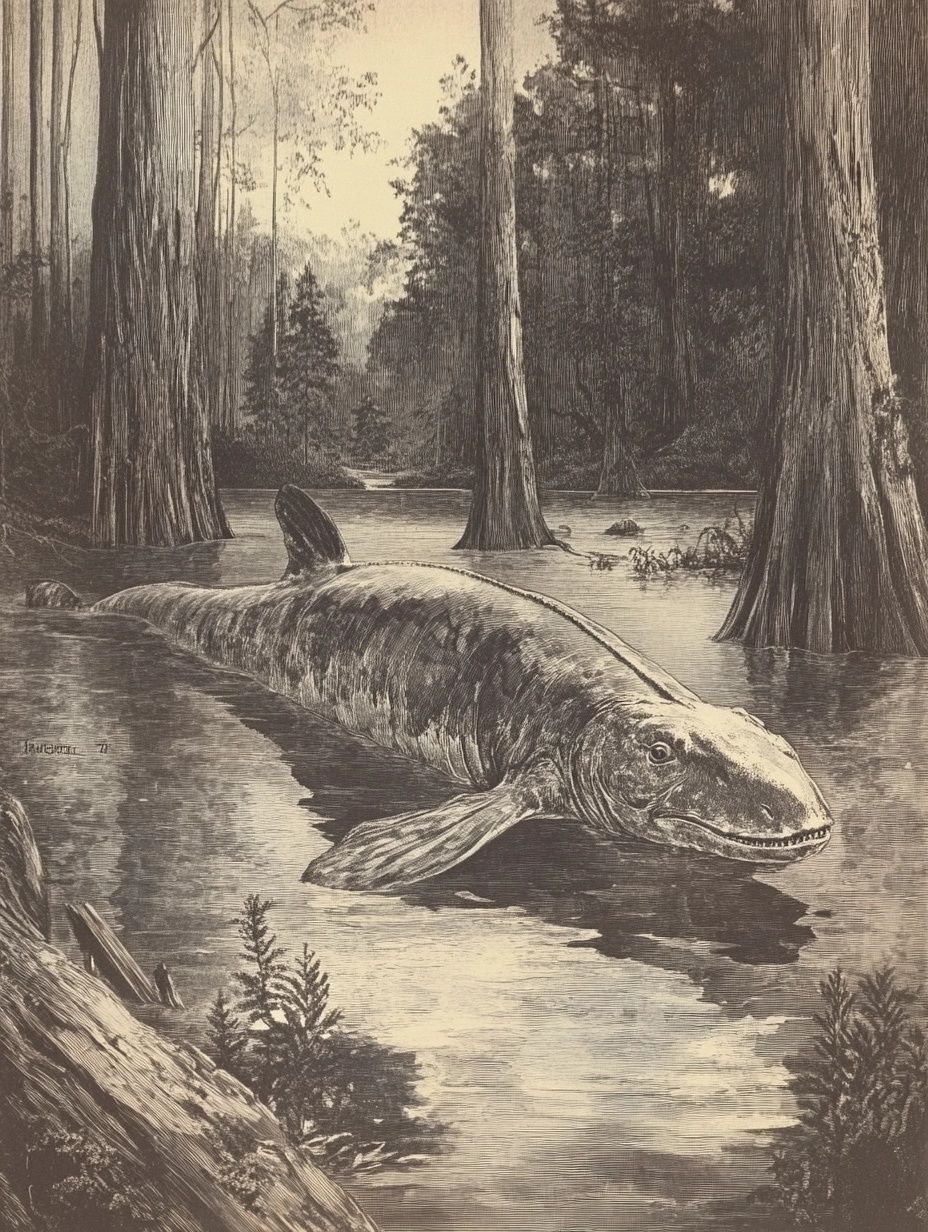
The Minhocão remains one of Brazil’s most mystifying cryptids. Despite a lack of modern sightings, its legend persists in the annals of cryptozoological research and local folklore.
Whether it was a misinterpreted prehistoric relic, an unknown species, or simply a product of human imagination, the Minhocão’s story reflects humanity’s enduring fascination with the unknown. Further research - both scientific and folkloric - may one day shed light on the truth behind this giant, scaly worm-like creature that may or may not exist.
Article sources
- Darwin, Francis, ed. 1903. More Letters of Charles Darwin: A Record of His Work in a Series of Hitherto Unpublished Letters. Vol. II. New York: D. Appleton and Company
- Newton, Michael. Hidden animals: A field guide to batsquatch, chupacabra, and other elusive creatures. Bloomsbury Publishing USA, 2009.
- Eberhart, George M. Mysterious Creatures: A Guide to Cryptozoology - Volume 1. Illustrated. London: CFZ Press, 2013



